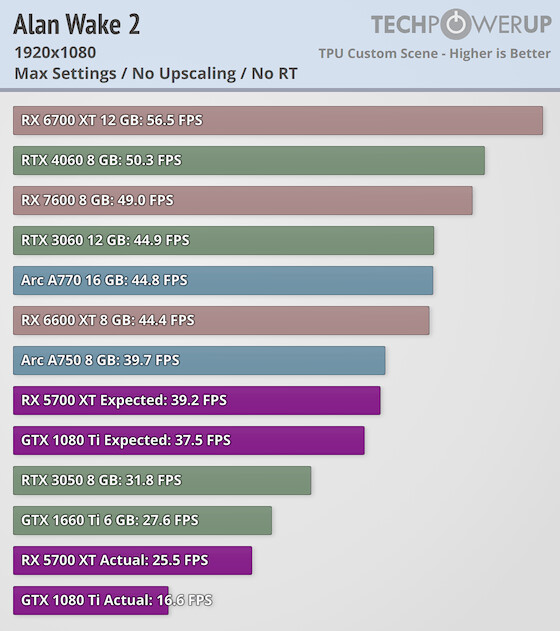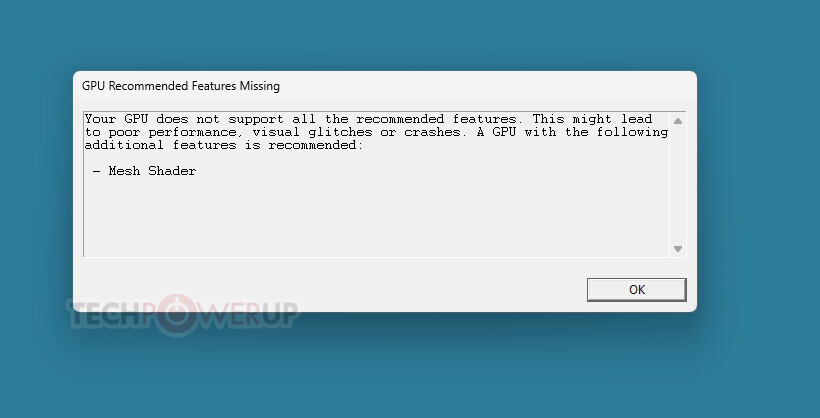True. Also, I take issue with incoherence being a negative. There are artistically desirable incoherences.
I am terrified of settling on realistic ray-traced lighting. I hope it can be bent against the laws of physics or we are stuck in a very boring (and static) box.
Yep. Raytracing apis don’t dictate the laws of physics. They just give you a very accurate answer to the question of “where on my object does this path intersect”. The direction of the paths, the shapes and positions of the objects and what happens at the intersection point is completely up to developers and artists. You can do abstract unrealistic lighting with raytracing if you wanted to.


